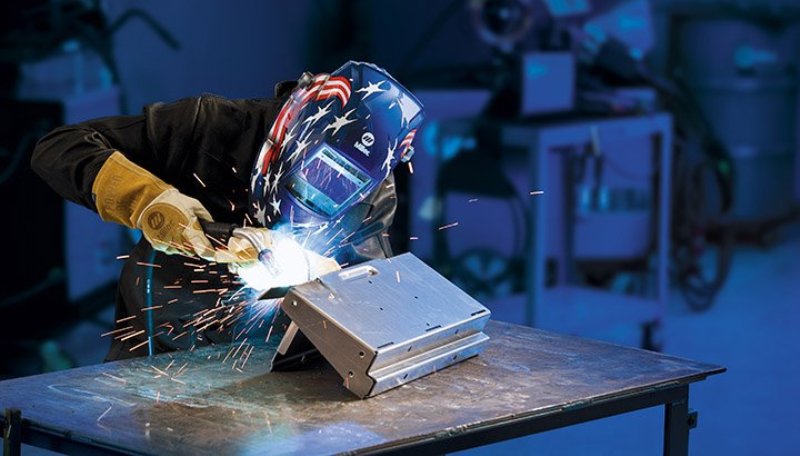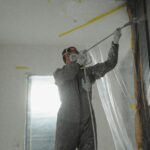To get started on welding, you will spend hundreds of dollars to get a quality welding machine. In addition to getting top quality welding machine, you need to get some training from a mentor or a temporary training place to be familiar with setting up the welding tools. Aside from welding being a good DIY skill for repairing a number of items, it can also provide a reliable source of income. As a beginner, you will need a welding helmet, welding gloves, and other items in a complete weld set-up. The following steps can help you start welding at home in no time.
Choose Your Preferred Welding Method
There are different welding methods for different applications hence you need to consider what type of welding you desire before opting for a method. Factors you should consider include; the thickness, type and size of metal you want to weld and whether the welding will require an indoor or outdoor environment. You should also consider the size of the project you will handle, plus what the weld must look like after operations.
Electric arc welding is the commonest type of welding and it relies on the use of welding wires comprising of electrodes to melt and fuse the base of metals together. Budget MIG Welder should be your choice welding option as a beginner, the reason being that it can be easy to learn.
Choose Your Welder

The next step is to choose your welder. This is the major investment you will make, and you should avoid extremely cheap welder that may not sharpen your welding skills in the long run.
Your ideal MIG welder must come with a good motor-powered wire spool, this will ensure that you create bead by contacting wires to the metals through the arc that is produced during welding. Your household electric current should be good enough to complete most welding jobs.
A good welder will cost a few hundreds of dollars to over a thousand dollars but it will sharpen your skills over time. If you are good with a specific-discipline welder, then you may shift to the multi-discipline welder to expand your skills. Multi-functional welders work like you have three different types of welders; hence it can save you costs and you can handle different types of welding because the weld comprises of tools for MIG, TIG, and stick-weld.
It is important to keep your welding clean as you get started. Make use of a work lead which is the electric cable with a clamp, on its head. You can check out a comprehensive guide on choosing the best welder for home use on WeldingMagazine.com
Choose Your Welding Accessories
As a beginner, make sure you have a reliable supply of good quality welding wire available. You should make use of a thin welding wire or thin welding sheet to achieve the best possible result. You can easily expand the diameter of your welding wire as the thickness of the metal you are using increases.
It is important that you get the ideal shielding gas for your welder. You should go fore-usable gas tank but do not purchase this online. You should check the pressure gauge of the gas tank you are using by going through the PSI rank. Most home or DIY welding will require a PSI rating of 15-25 and you should opt for the cleaner welds with a gas mixture of at least 75/25 Gas to argon mix.
Prepare Your Weld

The last step you should take is the preparation and testing of your weld. It is important to keep the bead as clean as possible hence you must prepare your metal by cleaning it, with a wired brush plus acetone solution. Once cleaned, you can add the cut lines with the carbide scribes and complete this cut with your plasma torch or cut-off wheel, or bladed hacksaw.
You need to grind the edges of metals that you want to join, you may want to create 45-degrees on the edges of the metal to create enough space if you will add some fillers after the welding. It is also important that you learn to position your metals to ensure that they are on the same plane for welding. You can make use of the miter clamp or magnetic square to ensure that your welded metals are on the same plane for welding. Test your welding after installation and adjust the welding wire, gas pressure and thickness of metal accordingly until you get the perfect weld. It is important to layer your weld before you begin welding and grind the weld to smoothen it after welding.
Conclusion
In addition to taking all these necessary steps, you need to ensure that you are prepared for the tasks ahead. Make sure you wear the welding aprons, leather gloves, boots and helmets to ensure that the risks of accidents are reduced. If you weld indoors, please improve ventilation by allowing better air circulation otherwise you should weld outdoors only.






